Get MYLO APP
Install Mylo app Now and unlock new features
💰 Extra 20% OFF on 1st purchase
🥗 Get Diet Chart for your little one
📈 Track your baby’s growth
👩⚕️ Get daily tips
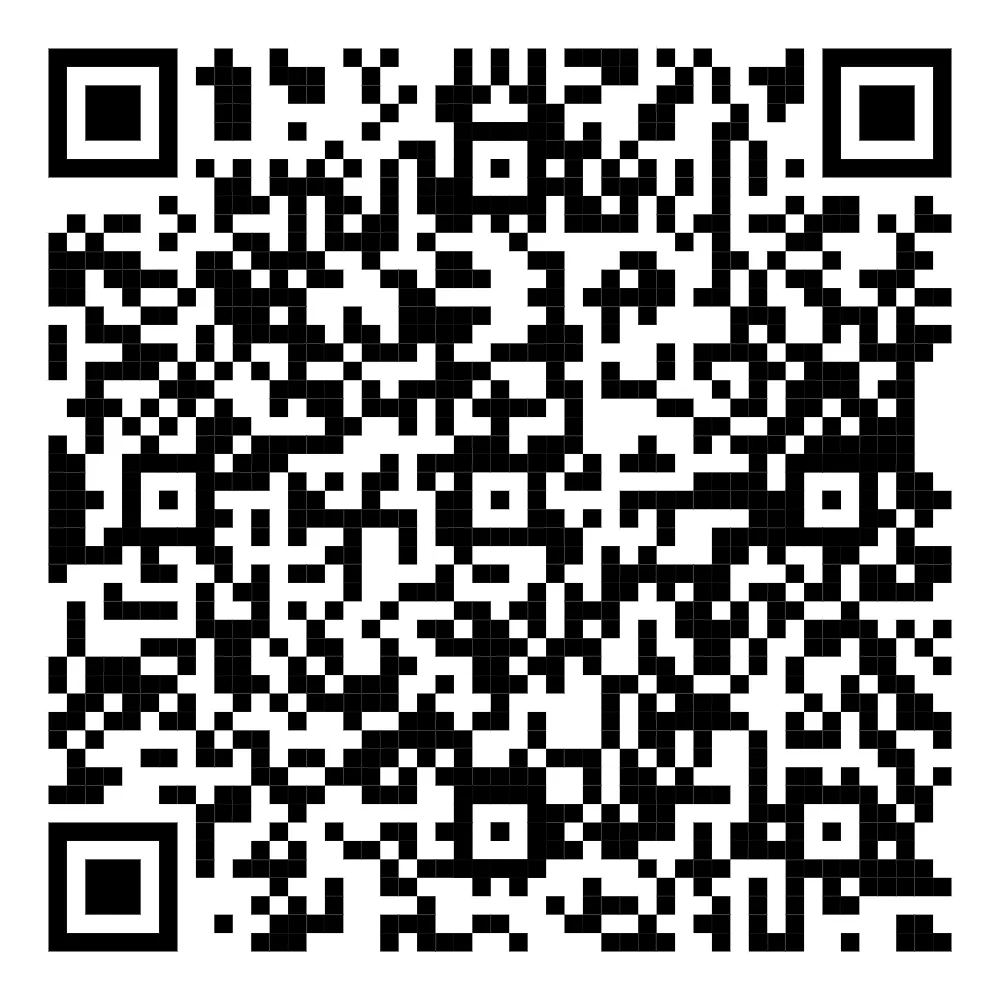
OR


Article Continues below advertisement
- Home

- 11 to 20 Table: A Complete Overview for Children
In this Article
- When should you start teaching your child tables from 11 to 30?
- What are the benefits of teaching children maths tables 11 to 20?
- 1. Strengthening Multiplication Skills
- 2. Improved Numerical Fluency
- 3. Better Understanding of Patterns and Relationships
- The table chart 11 to 20 table introduces children to complex patterns and relationships between numbers. By exploring the connections between multiples of 11 to 20, children develop a deeper understanding of mathematical concepts such as factors, multiples, and divisibility. This understanding lays the groundwork for more advanced mathematical topics they will encounter in the future.
- 4. Enhanced Problem-Solving Skills
- 5. Increased Confidence
- 11 to 20 Table
- 11 to 20 Table Chart
- Tips and tricks to teach multiplication tables 11 to 20
- 1. Use visual aids
- 2. Make it relatable
- 3. Practice through games
- 4. Encourage repetition and practice
- 5. Break it down
- 6. Create mnemonic devices
- 7. Provide positive reinforcement
- Key Takeaways
Getting Pregnant
 2347
234711 to 20 Table: A Complete Overview for Children
Updated on 22 January 2024
Mathematics is an essential subject that plays a crucial role in a child's academic development. One of the fundamental skills in mathematics is learning multiplication tables. While many children start with tables from 1 to 10, it is equally important to teach them 11 to 20 table.
In this article, we will explore the benefits of teaching children multiplication tables 11 to 20, provide a comprehensive overview of the table, discuss tips and tricks to make the learning process easier, and present a useful 11 to 20 table chart.
When should you start teaching your child tables from 11 to 30?
The ideal time to introduce multiplication tables from 11 to 20 to your child depends on their mathematical readiness and age. Generally, children start learning tables from 1 to 10 around the age of 6 or 7 when they have a solid foundation in basic arithmetic. Once they have a good grasp of these tables, it is recommended to gradually introduce them to the 11 to 20 multiplication table.
Article continues below advertisment
By the age of 8 or 9, most children have the necessary mathematical skills to comprehend and memorize the higher tables. However, it is important to note that every child is different, so it's crucial to assess their readiness and adjust accordingly.
What are the benefits of teaching children maths tables 11 to 20?
Let’s understand the advantages of teaching children multiplication tables over 10:
1. Strengthening Multiplication Skills
Learning the 11 to 20 table chart helps children develop a strong foundation in multiplication. By mastering these tables, they become more proficient in mental calculations and problem-solving. It also enhances their ability to quickly estimate quantities and make accurate calculations in real-life situations.
2. Improved Numerical Fluency
When children become familiar with the tables, they develop numerical fluency. Numerical fluency refers to the ability to perform calculations quickly and accurately. By automating the multiplication process through regular practice, children become more confident in handling numbers, leading to improved overall mathematical skills.
3. Better Understanding of Patterns and Relationships
The table chart 11 to 20 table introduces children to complex patterns and relationships between numbers. By exploring the connections between multiples of 11 to 20, children develop a deeper understanding of mathematical concepts such as factors, multiples, and divisibility. This understanding lays the groundwork for more advanced mathematical topics they will encounter in the future.
4. Enhanced Problem-Solving Skills
As children engage with the tables, they develop problem-solving skills. They learn to analyze and break down complex multiplication problems into simpler steps. These problem-solving skills are essential not only in mathematics but also in various other areas of life, promoting critical thinking and logical reasoning.
Article continues below advertisment
5. Increased Confidence
Mastering the maths tables 11 to 20 boosts a child's confidence in their mathematical abilities. As they solve multiplication problems accurately and efficiently, they gain a sense of accomplishment. This confidence extends beyond mathematics and positively impacts their overall academic performance.
11 to 20 Table
Multiplication tables 11 to 20 consist of the multiplication products of numbers 11 to 20. Here is a complete overview of the 11 to 20 tables:
11 x 1 = 11
11 x 2 = 22
11 x 3 = 33
Article continues below advertisment
11 x 4 = 44
11 x 5 = 55
11 x 6 = 66
11 x 7 = 77
11 x 8 = 88
Article continues below advertisment
11 x 9 = 99
11 x 10 = 110
12 x 1 = 12
12 x 2 = 24
Article continues below advertisment
12 x 3 = 36
12 x 4 = 48
12 x 5 = 60
12 x 6 = 72
12 x 7 = 84
Article continues below advertisment
12 x 8 = 96
12 x 9 = 108
12 x 10 = 120
13 x 1 = 13
Article continues below advertisment
13 x 2 = 26
13 x 3 = 39
13 x 4 = 52
13 x 5 = 65
13 x 6 = 78
Article continues below advertisment
13 x 7 = 91
13 x 8 = 104
13 x 9 = 117
13 x 10 = 130
Article continues below advertisment
14 x 1 = 14
14 x 2 = 28
14 x 3 = 42
14 x 4 = 56
14 x 5 = 70
Article continues below advertisment
14 x 6 = 84
14 x 7 = 98
14 x 8 = 112
14 x 9 = 126
14 x 10 = 140
15 x 1 = 15
15 x 2 = 30
15 x 3 = 45
15 x 4 = 60
15 x 5 = 75
15 x 6 = 90
15 x 7 = 105
15 x 8 = 120
15 x 9 = 135
15 x 10 = 150
16 x 1 = 16
16 x 2 = 32
16 x 3 = 48
16 x 4 = 64
16 x 5 = 80
16 x 6 = 96
16 x 7 = 112
16 x 8 = 128
16 x 9 = 144
16 x 10 = 160
17 x 1 = 17
17 x 2 = 34
17 x 3 = 51
17 x 4 = 68
17 x 5 = 85
17 x 6 = 102
17 x 7 = 119
17 x 8 = 136
17 x 9 = 153
17 x 10 = 170
18 x 1 = 18
18 x 2 = 36
18 x 3 = 54
18 x 4 = 72
18 x 5 = 90
18 x 6 = 108
18 x 7 = 126
18 x 8 = 144
18 x 9 = 162
18 x 10 = 180
19 x 1 = 19
19 x 2 = 38
19 x 3 = 57
19 x 4 = 76
19 x 5 = 95
19 x 6 = 114
19 x 7 = 133
19 x 8 = 152
19 x 9 = 171
19 x 10 = 190
20 x 1 = 20
20 x 2 = 40
20 x 3 = 60
20 x 4 = 80
20 x 5 = 100
20 x 6 = 120
20 x 7 = 140
20 x 8 = 160
20 x 9 = 180
20 x 10 = 200
You may also like: Tables 1 to 10: A Complete Overview for Children
11 to 20 Table Chart
To make the learning process easier for children, a table chart can be a valuable tool. Below is a visually appealing and informative chart that presents the 11 to 20 multiplication table:
This chart can be printed and displayed in a child's study area to serve as a quick reference during their learning journey.
Tips and tricks to teach multiplication tables 11 to 20
Teaching maths tables 11 to 20 can be made more engaging and effective with the following tips and tricks:
1. Use visual aids
Incorporate visual aids such as manipulatives, charts, and colorful illustrations to make the learning experience more interactive and memorable.
2. Make it relatable
Relate multiplication problems to real-life situations or objects that children are familiar with. This helps them understand the practical applications of multiplication and increases their interest in learning.
3. Practice through games
Introduce multiplication games and activities that make learning fun. Games like "Multiplication Bingo" or "Math War" can engage children while reinforcing their understanding of the tables.
4. Encourage repetition and practice
Regular repetition and practice are key to memorizing multiplication tables. Set aside dedicated practice sessions and encourage your child to practice regularly for better retention.
5. Break it down
Divide the tables into smaller chunks to make it more manageable such as table 11 to 15 and so on. Start with a few numbers and gradually introduce more as your child becomes comfortable.
6. Create mnemonic devices
Mnemonic devices, such as catchy phrases or songs, can help children remember the multiplication facts more easily. Encourage your child to come up with their own mnemonics or use existing ones.
7. Provide positive reinforcement
Celebrate your child's achievements as they progress through the 11 to 20 multiplication table. Positive reinforcement, such as praise and rewards, motivates children and boosts their confidence.
Key Takeaways
Teaching children the 11 to 20 table is a crucial step in their mathematical development. It strengthens their multiplication skills, improves numerical fluency, enhances problem-solving abilities, and increases confidence. By introducing visual aids, using relatable examples, and incorporating games, the learning process can be made more enjoyable. Regular practice, breaking down the table, and mnemonic devices further support effective learning.



Written by
Anandita Sharma
Drawing on more than a decade of expertise in administration, Anandita Sharma currently serves as a content operations e
Read MoreGet baby's diet chart, and growth tips
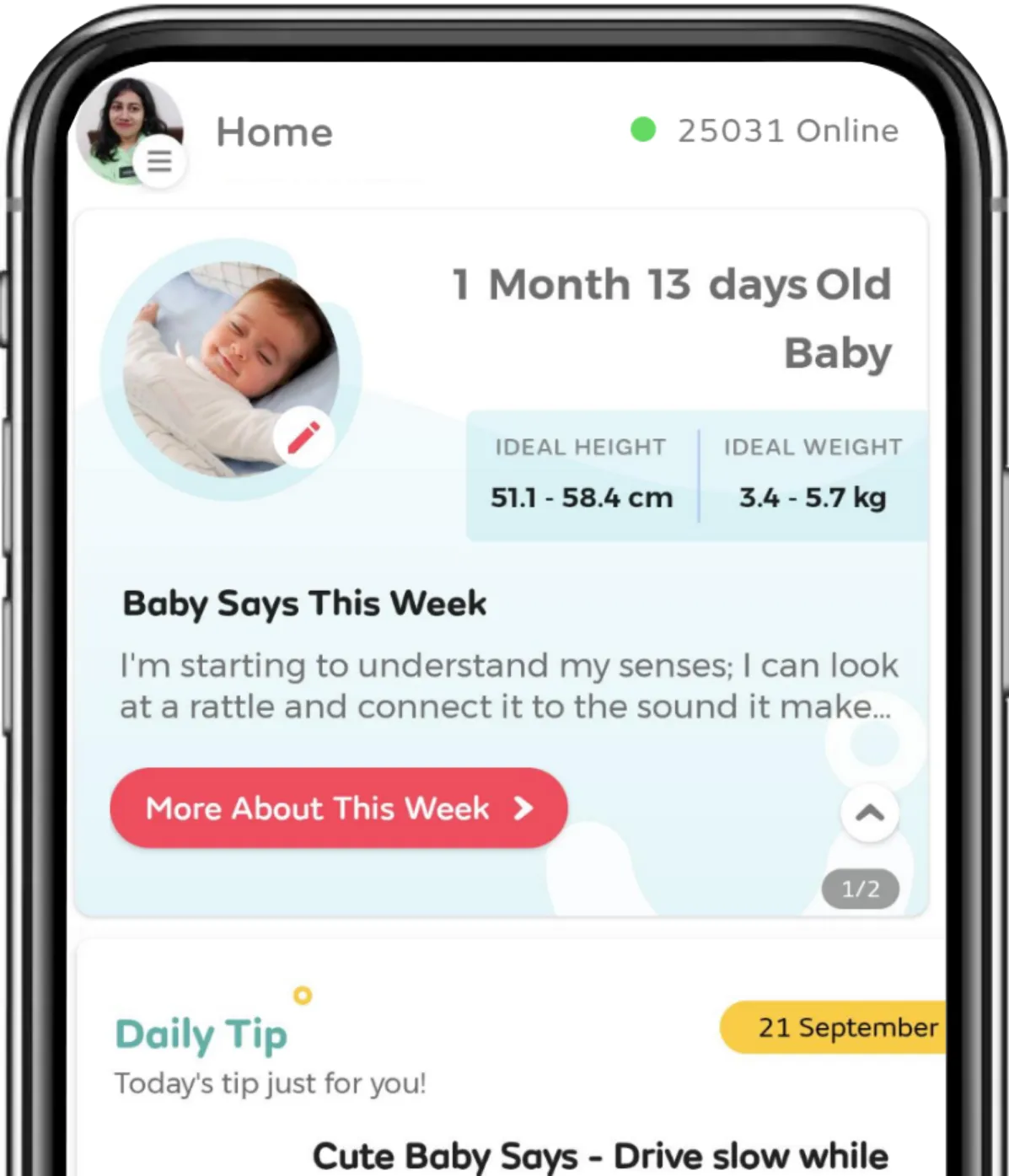
Related Articles
Understanding RSV And Its Long-Term Impact On Lung Health In Preterm Infants
Preventing Respiratory Syncytial Virus (RSV) In Preemies: Essential Steps For New Parents
How Respiratory Syncytial Virus (RSV) Impacts Premature Babies Differently: What Every Parent Needs To Know
Adverbs: A Comprehensive Guide to help small children learn the usage of adverbs
Related Questions
Influenza and boostrix injection kisiko laga hai kya 8 month pregnancy me and q lagta hai ye plz reply me
749 views
Hai.... My last period was in feb 24. I tested in 40 th day morning 3:30 .. That is faint line .. I conculed mylo thz app also.... And I asked tha dr wait for 3 to 5 days ... Im also waiting ... Then I test today 4:15 test is sooooo faint ... And I feel in ma body no pregnancy symptoms. What can I do .
752 views
Baby kicks KB Marta hai Plz tell mi
760 views
PCOD kya hota hai
1320 views
How to detect pcos
56 views
Related Topics
RECENTLY PUBLISHED ARTICLES
our most recent articles
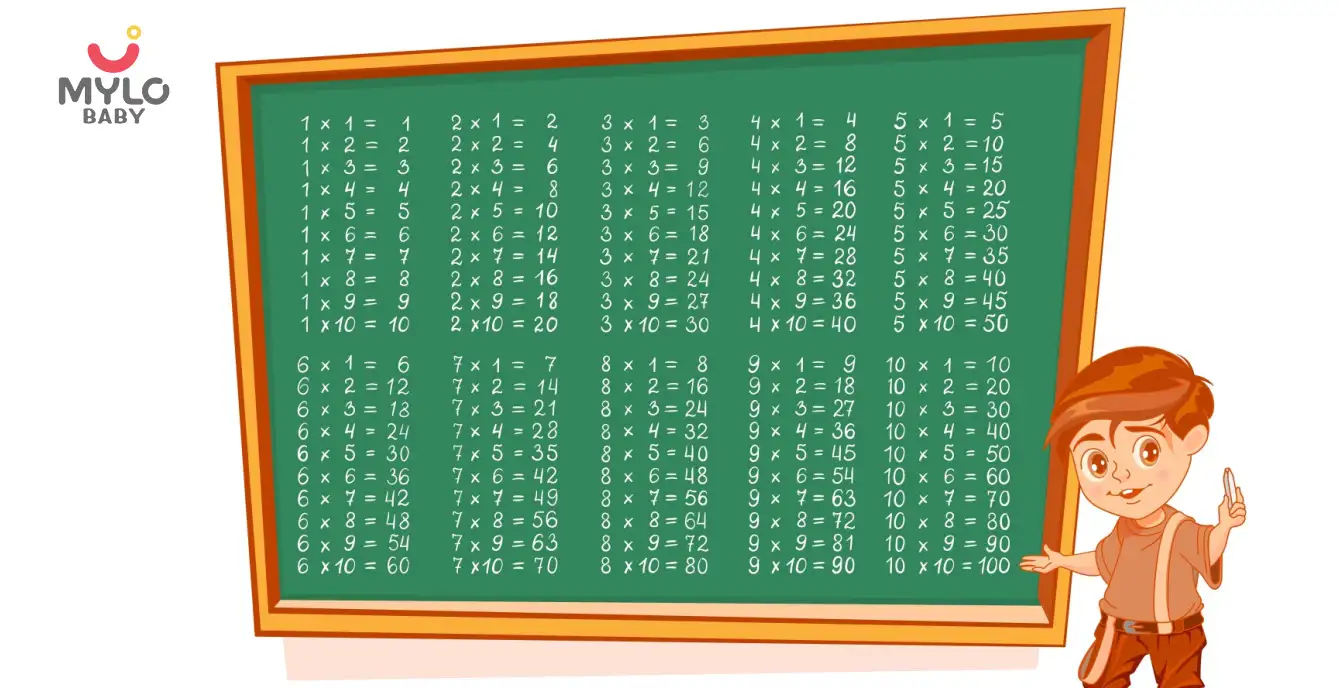
Education
Tables 1 to 10: A Complete Overview for Children
(1,362 Views)

Vitamins & Supplements
Can Herbal Supplements Boost Your Chances of Getting Pregnant?
(2,235 Views)
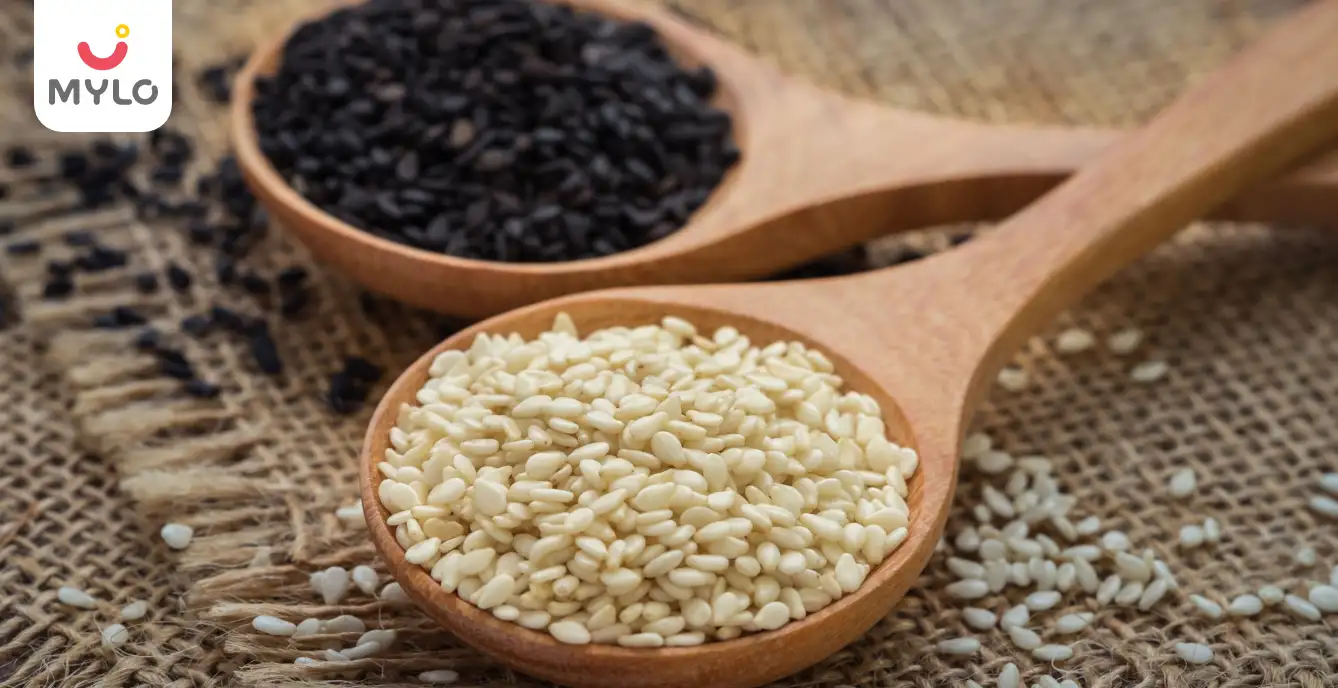
Diet & Nutrition
Sesame Seeds in Pregnancy: Nutritional Value, Benefits & Side Effects
(21,063 Views)

Pregnancy Complications
Betnesol Injection in Pregnancy: The Ultimate Guide to Benefits and Risks
(80,451 Views)

Government Policies & Schemes
Pradhan Mantri Matru Vandana Yojana (PMMVY) to Give Rs 5,000 to Pregnant Women
(782,503 Views)
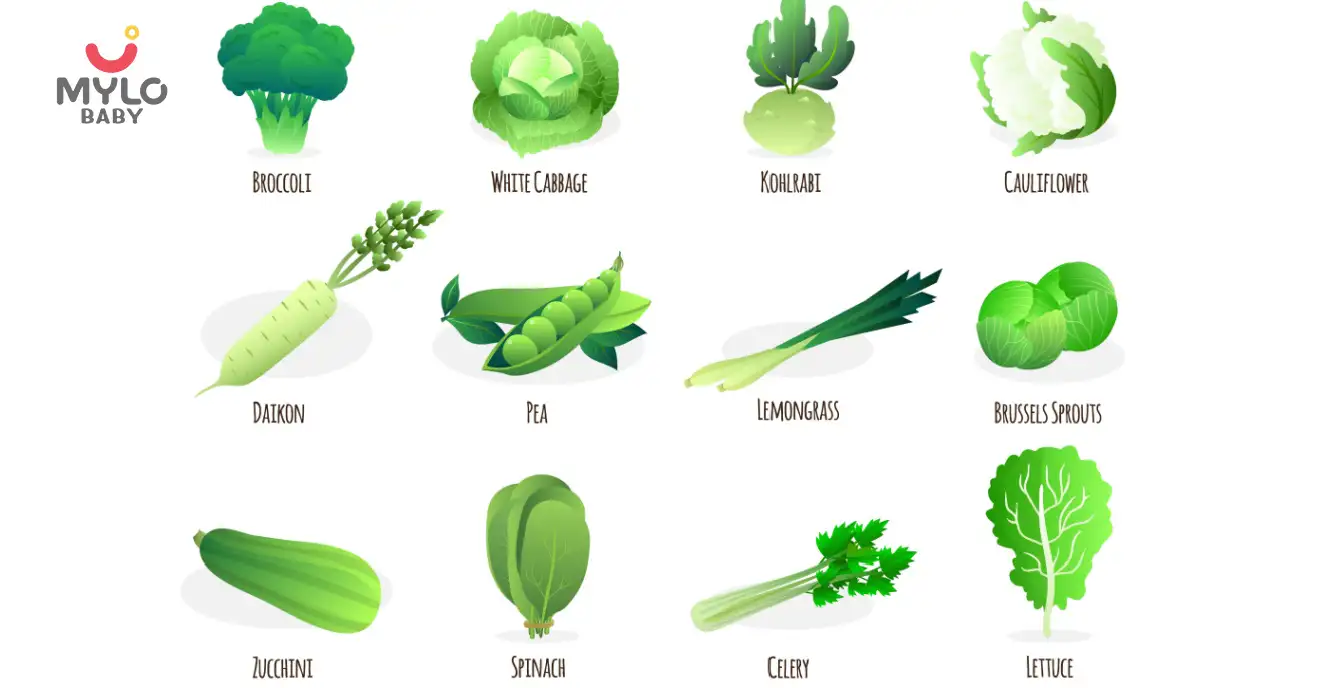
Education
The A-Z Guide to Identifying Green Vegetables Names for Kids
(3,428 Views)
- Anjeer in Pregnancy: Benefits & Side Effects of Eating Figs
- Black Grapes During Pregnancy: Benefits & When to Avoid
- The Ultimate Guide to the Best Series on Hotstar- Hindi
- The Ultimate Guide to Teaching Children Tables 1 to 20
- Thought of the Day for Kids to Spark Imagination & Positivity
- 100 Thought of the Day to Brighten and Motivate Young Minds
- Orange in Pregnancy: Health Benefits, Side Effects & Precautions
- Radish in Pregnancy: Benefits and Safety Precautions
- Top 10 Pakistani Dramas That Will Keep You Hooked
- New Born Baby Astrology: What Does Your Baby's Zodiac Sign Say About Their Personality
- Pelvic Pain: Causes, Symptoms and Treatment Options
- Brown Discharge: Causes, Symptoms and When to Seek Help
- Baby Hair Style: A Complete Guide for Trendy Parents
- Breast Pain During Ovulation: A Comprehensive Guide on Causes and Solutions


AWARDS AND RECOGNITION
Mylo wins Forbes D2C Disruptor award
Mylo wins The Economic Times Promising Brands 2022
AS SEEN IN
















At Mylo, we help young parents raise happy and healthy families with our innovative new-age solutions:
- Mylo Care: Effective and science-backed personal care and wellness solutions for a joyful you.
- Mylo Baby: Science-backed, gentle and effective personal care & hygiene range for your little one.
- Mylo Community: Trusted and empathetic community of 10mn+ parents and experts.
Product Categories
baby carrier | baby soap | baby wipes | stretch marks cream | baby cream | baby shampoo | baby massage oil | baby hair oil | stretch marks oil | baby body wash | baby powder | baby lotion | diaper rash cream | newborn diapers | teether | baby kajal | baby diapers | cloth diapers |








